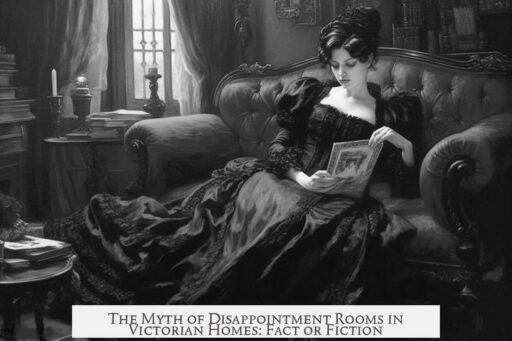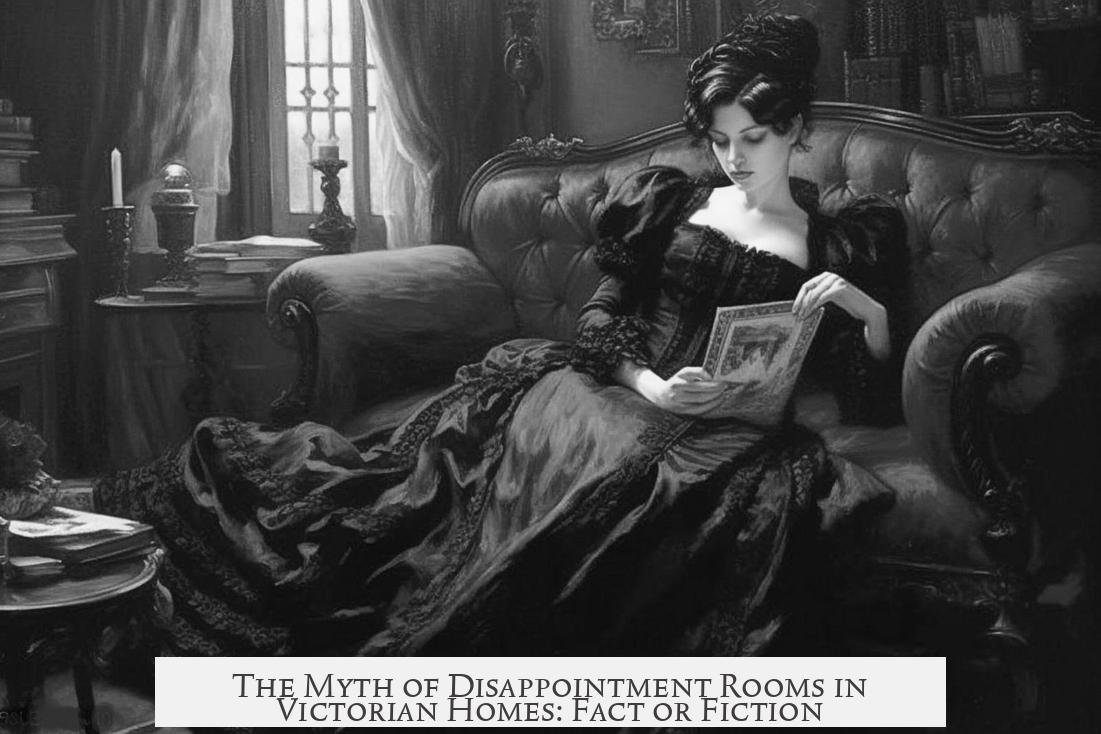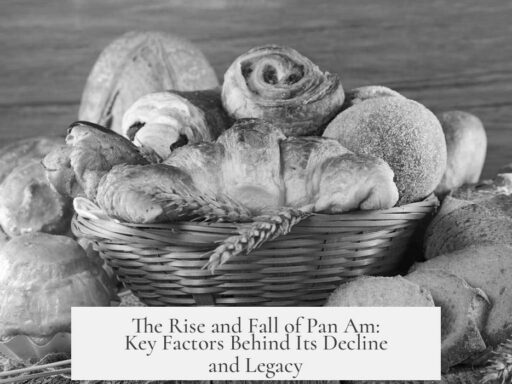Historical evidence does not support the existence of “disappointment rooms” in Victorian-era homes. These purported hidden rooms, allegedly used to isolate sick or disabled children from public view, lack credible documentation from the period and appear to be a modern myth.
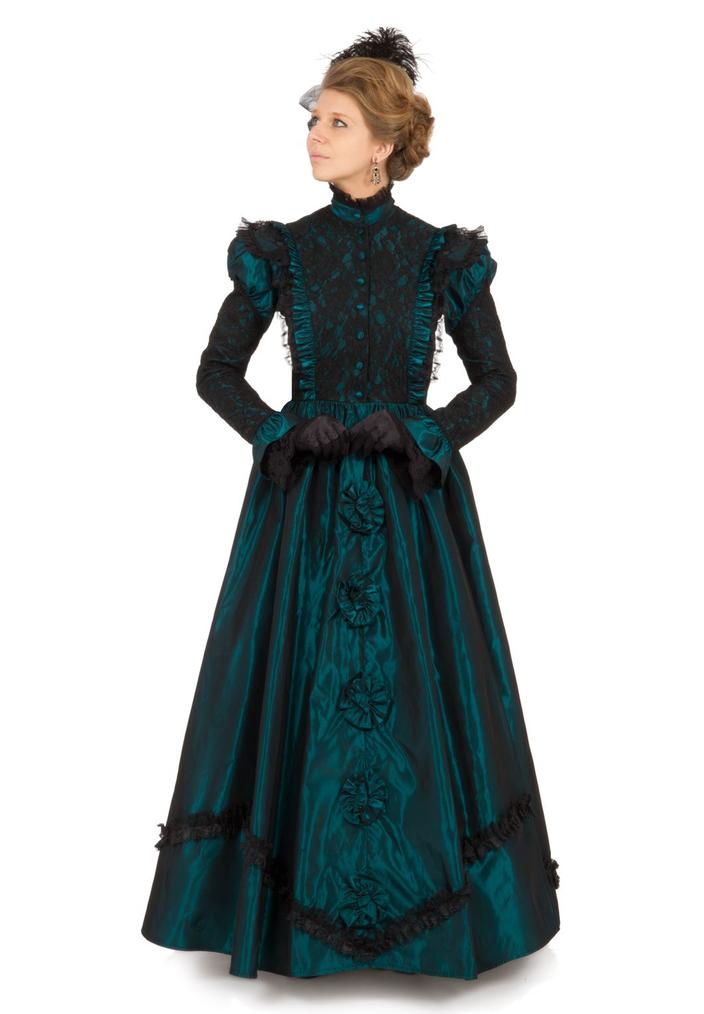
The idea of disappointment rooms mainly gained public attention through a 2000s HGTV episode titled “Homes’ Histories Come to Life.” This episode featured an attic room in an 1857 Colonial house owned by the Carpenter family in West Warwick. The room had peculiar features: metal sheeting on the floor and a door lacking an interior doorknob. Laurie Dumas, a researcher and library employee, speculated this space was a “disappointment room,” where the family hid their disabled or chronically ill daughter, Ruth, who died at age five in 1900.
However, this interpretation faces significant challenges. Infant and toddler containment typically required minimal effort via cribs or locked doors. Children under five rarely engaged in public social life or appeared in newspapers, so Ruth’s absence in public records does not automatically imply shame or concealment. Furthermore, visitors seldom ventured to upper floors, reducing the need for secretive spaces. Home modifications through the years likely altered the room’s original function and layout. These factors indicate that the attic’s sealed door and metal floor might not have served to isolate a sick child, but could reflect later renovations or unrelated architectural features.
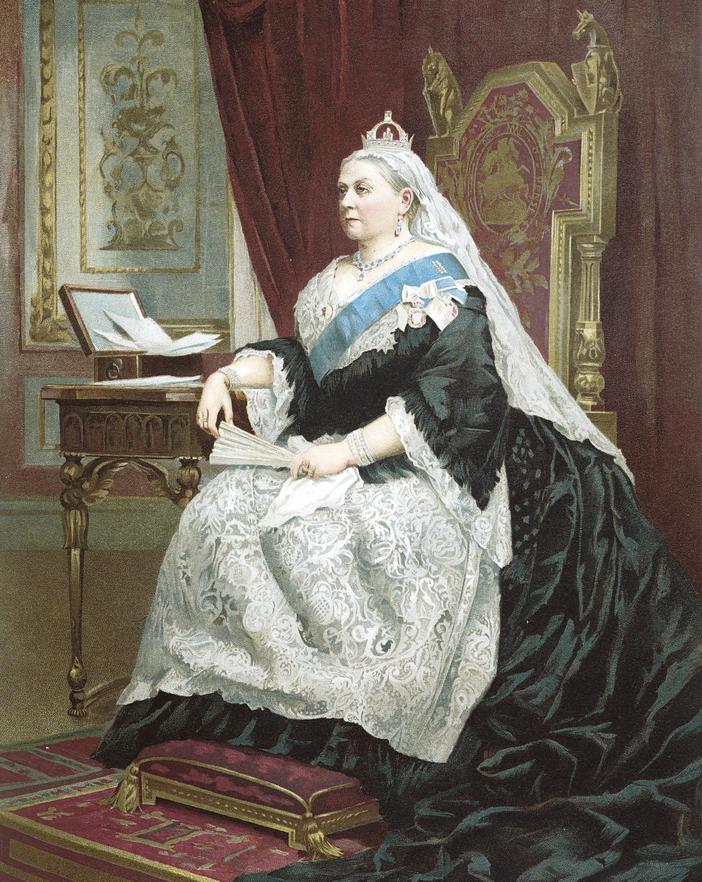
Victorian attitudes toward individuals with mental or physical disabilities leaned heavily toward confinement, but mainly in institutional settings. The 19th century saw increasing *institutionalization* as society embraced scientific methods and sought “professional” care for those deemed unable to live independently. Many people with disabilities or illnesses ended up in poorhouses or asylums. These institutions aimed to provide care but often struggled with neglect or abuse due to staffing, funding, or societal stigma.
Despite institutionalization trends, families occasionally cared for disabled members at home. Detailed records on this practice are sparse, but some documented cases illustrate warmth and acceptance within families. For example, records show a disabled man in Victorian Britain who was cared for lovingly by his impoverished family until courts intervened, institutionalizing him where he died shortly after. This indicates varied family responses, rejecting any assumption that families universally isolated or mistreated disabled relatives.

| Aspect | Victorian Reality | Myth of Disappointment Rooms |
|---|---|---|
| Evidence in Records | None for specific “disappointment rooms” | Mostly post-2000s speculation |
| Typical Child Care | Disabled children often institutionalized or cared for at home | Hidden away in secret attic rooms |
| Legal and Social Attitudes | Emphasis on institutional care, alongside family care | Assumed family shame and concealment |
| Architectural Evidence | No consistent design or documented use for disappointment rooms | Metal floors and locked doors cited without context |
The notion of disappointment rooms appears rooted more in contemporary media and folklore than historic practice. Genuine Victorian homes and families displayed complex approaches to disability—sometimes institutionalizing, sometimes supporting. The absence of attic isolation rooms in architectural or written records weakens the myth.
In sum, disappointment rooms do not hold up to close historical scrutiny. Victorian-era societal attitudes stress reliance on institutions with some paths for family care. Physical evidence like sealed attic rooms likely arise from unrelated home changes over time. The myth conflates understandable Victorian hardship and stigma surrounding disability with unfounded stories about home architecture.
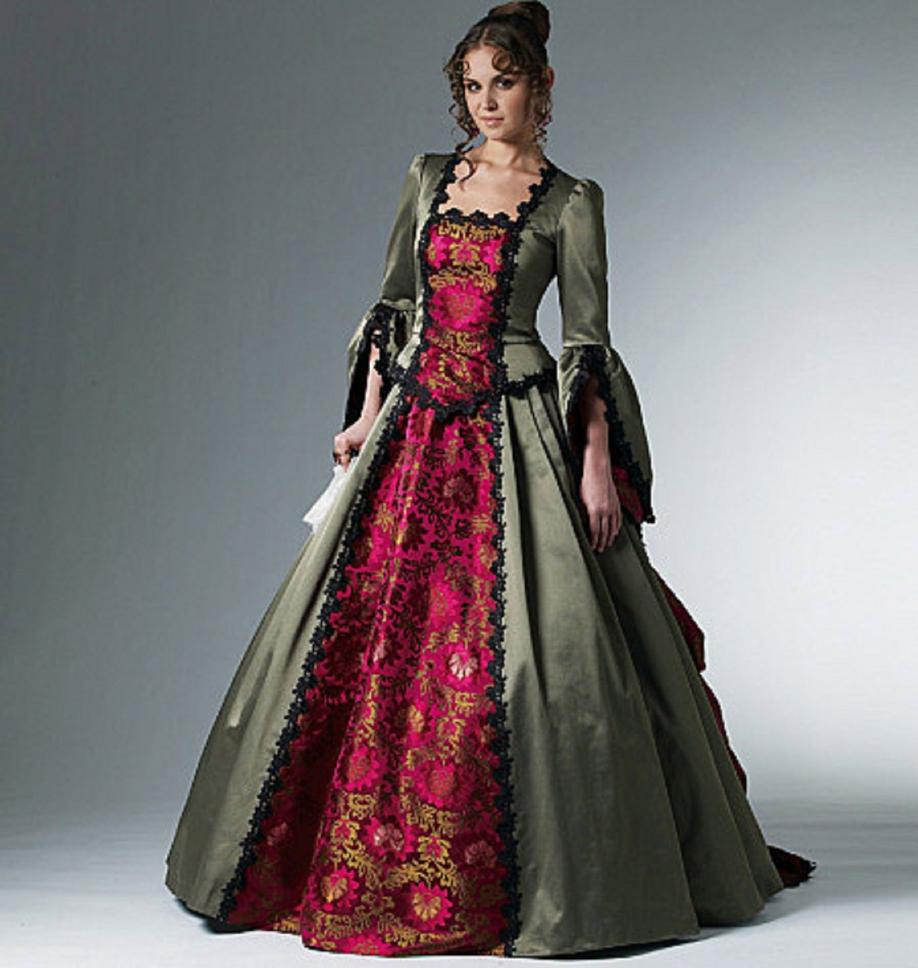
- No credible Victorian-era documentation confirms disappointment rooms existed.
- Homes sometimes show altered spaces, but these don’t imply shameful concealment.
- Victorian treatment of disabled individuals often involved institutionalization, not secret rooms.
- Families sometimes cared for disabled members, challenging assumptions of universal isolation.
- The disappointment room myth surfaced only in late 20th or early 21st-century media.
The Great Victorian Disappointment Room Myth: Debunking the Tale
Are “Disappointment Rooms” a real Victorian phenomenon? The short answer: no solid historical evidence supports their existence. This curious term has floated around, fueled by TV shows and popular culture, but it doesn’t hold up under scrutiny. Let’s plunge into the story behind this myth and see what Victorian homes—and their often misunderstood social practices—reveal.
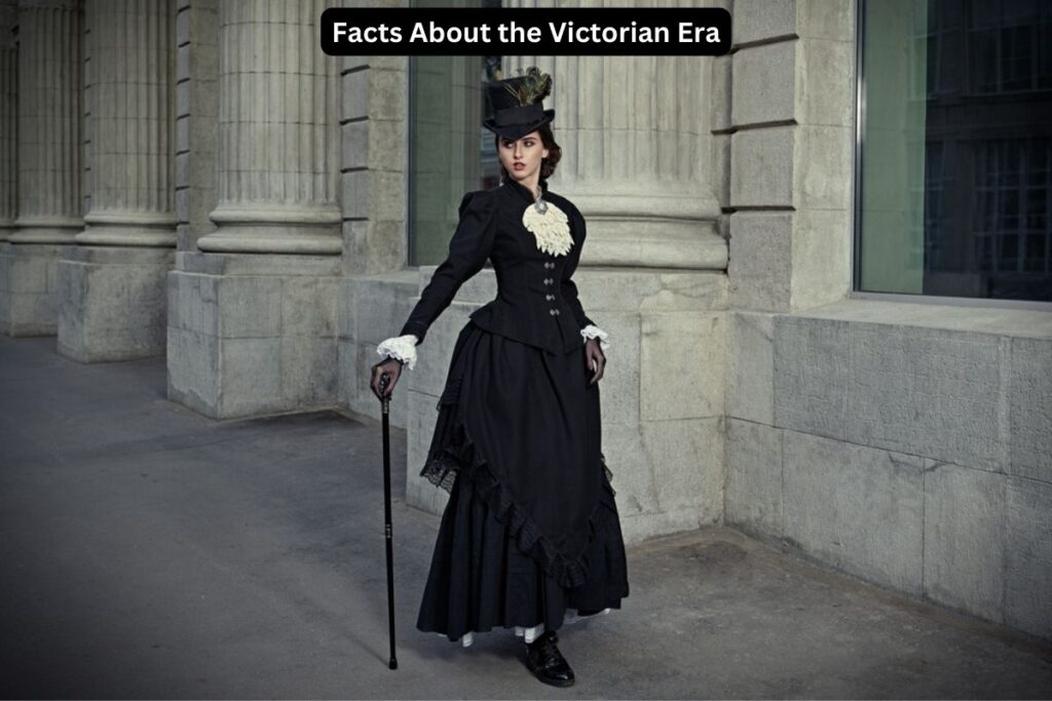
The notion of a “Disappointment Room” paints a picture of a Victorian household’s dark secret: a hidden chamber where disabled or sick children were stashed away to shield families from social embarrassment or pity. You might picture gloomy attics with cold metal floors and locked doors, where forgotten children languished out of sight. This scene, rich with gothic drama, is more Hollywood than history.
Where Did the Myth Even Start?
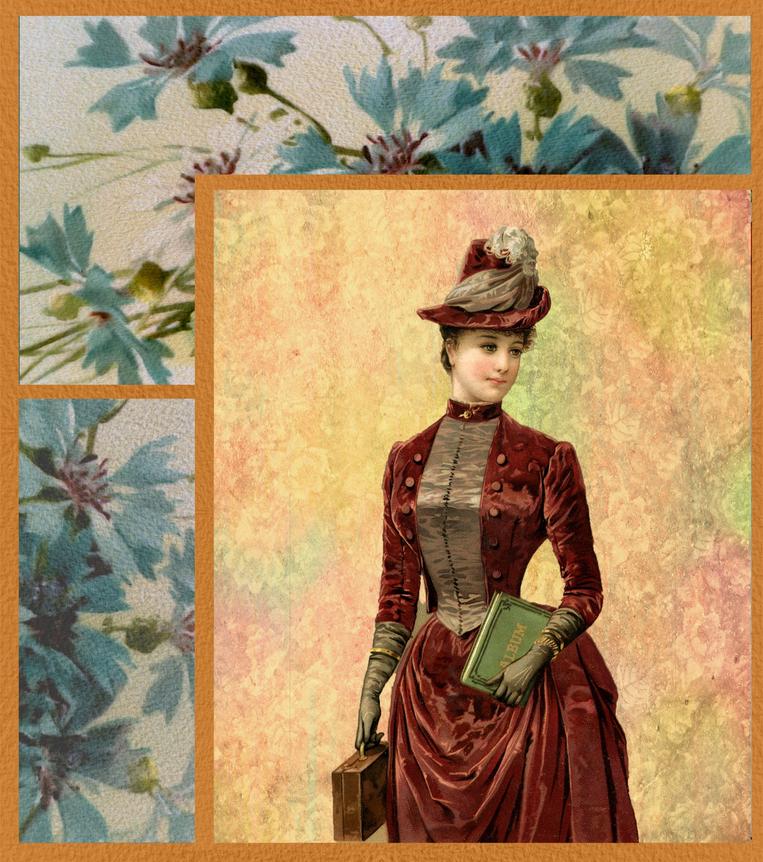
The term “Disappointments Room” itself appears to originate very recently—not in dusty Victorian archives but in modern media. Interestingly, the earliest references surface around an episode of HGTV’s Homes’ Histories Come to Life in the 2000s. In episode 1713, the Dumas family home—a Colonial house from 1857 in West Warwick—features an attic with some peculiar traits: metal sheeting on the floor and a door without an inside knob.
Laurie Dumas, working at a local library, heard from a patron that this odd chamber was likely a “disappointments room,” where a sick or disabled child was kept out of sight. Digging into family histories, Laurie found a daughter named Ruth who died young. Intriguingly, Ruth never appeared in local newspaper records, unlike other Carpenter children.
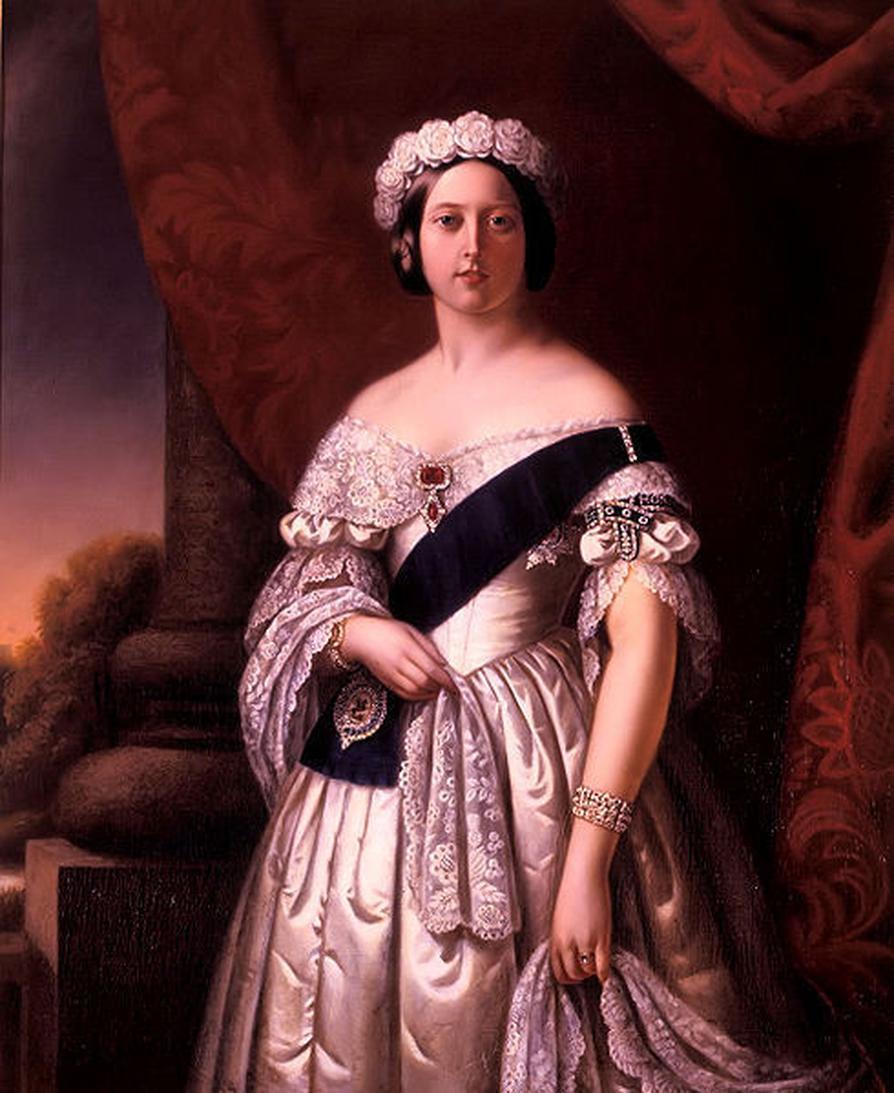
This combination sparked the assumption: perhaps Ruth was hidden away in stoic Victorian fashion. But before you imagine a grim secret society in that attic, consider the facts more closely.
Why the “Disappointments Room” Story Doesn’t Hold Water
First, toddlers and infants (abled or disabled) don’t need elaborate hidden rooms. Modern parents today manage child safety with locks and gates; Victorians were no different in practicality. Visitors rarely ventured unannounced to second floors, particularly attics unlikely to be part of everyday life.
Also, Ruth likely dying at five years old around 1900 doesn’t automatically mean she was disabled or hidden. Childhood mortality rates were sadly high in that era. Newspapers seldom reported the deaths or presence of very young children in the social pages, focusing instead on adults and public figures. Ruth’s absence in print is not proof of her being secreted away—it’s a period norm.
And the attic features? Homes get modified all the time. Someone could have installed metal flooring, changed door handles, or rearranged the space long after the original construction, erasing the original intent of that room.
Victorian Handling of Disability: Reality vs. Myth
The truth about how Victorians treated those with disabilities is more nuanced. Yes, confinement happened. Many with mental illnesses or severe disabilities were institutionalized during the Victorian era. State-run “asylums” and poorhouses became repositories for the mentally ill and disabled, often under grim circumstances.
Victorian society leaned on order and “science” to justify shifting care to trained professionals rather than families, often with questionable success. These institutions ranged from caring and progressive to neglectful and abusive. Imagine a grim, monotonous ward for mixed cases—pages and scenes away from the cozy family hearth.
But it wasn’t all cold abandonment. Plenty of families cared deeply for disabled members despite having little support or understanding from society and medicine. One study, Medical Negligence in Victorian Britain: The Crisis of Care under the English Poor Law, hints at loving family care coexisting awkwardly with societal pressures. A poignant example tells a story of a disabled man cherished at home but eventually committed by authorities, dying shortly afterward in neglect.
So, What Should You Believe?
“Disappointment Rooms” make gripping stories, perfect for ghost tours or horror movies. However, the historical record offers no evidence for purpose-built rooms where “disappointments” were locked away. Instead, care happened more visibly within families or in institutions, with all the complexities and imperfections those systems hold.
Victorian houses sometimes had odd rooms or remodeling quirks—an attic with metal flooring might be for heat shielding, storage, or simply a period renovation. Missing door knobs could be due to later safety measures or wear and tear.
Before jumping to dramatic conclusions, always consider the broader social and historical context. Child mortality, family privacy, and institutional care were complicated, shaped by social norms, medical knowledge, and the economics of the time.
Making Sense of Victorian Homes Today
When you wander through a 19th-century house, resist the urge to assume every odd nook is a secret dungeon of despair. Use history as your compass, not your imagination.
- Tip 1: Research local archives or historical societies for family records, medical history, and social practices.
- Tip 2: Understand architectural changes over time; renovations might alter the original room functions.
- Tip 3: Explore medical history context to appreciate how disabilities were handled—often with care or institutionalization, but not necessarily secret hiding.
So next time you hear about a Hidden Disappointments Room, ask: Where’s the proof? Could it just be someone’s attic with an odd lock? More often than not, the truth is far less mysterious but equally fascinating.
Got a strange room in your Victorian house? Don’t panic—research, not speculation, is your best friend.
